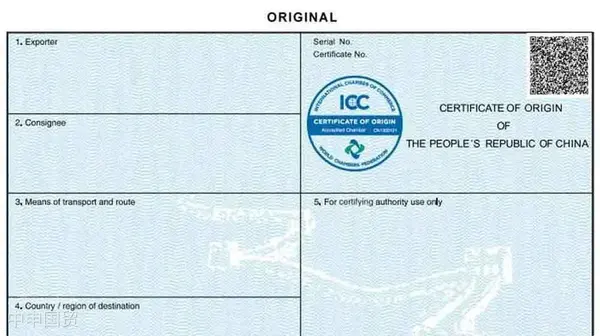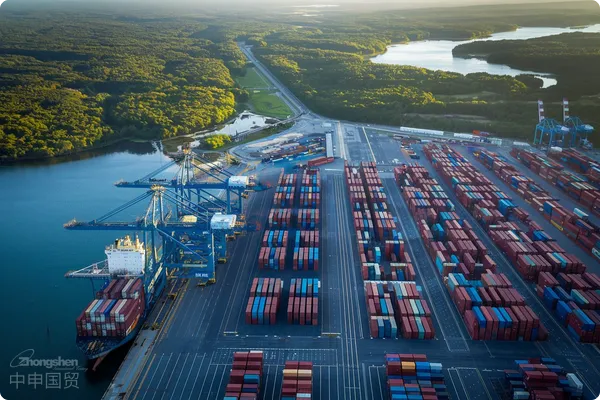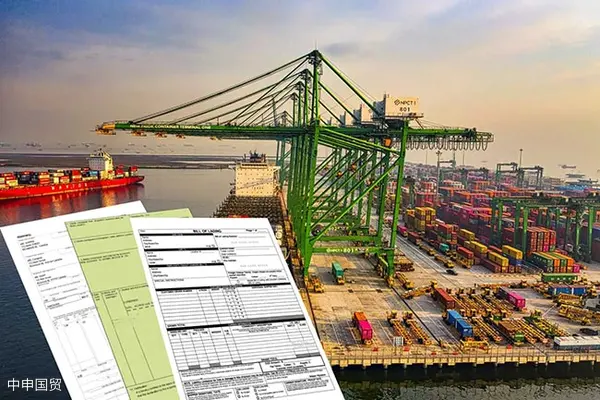- Shanghai Zhongshen International Trade Co., Ltd. - Two decades of trade agency expertise.
- Service Hotline: 139 1787 2118
Telex release bill of lading means that in international trade, the bank releases the goods to the buyer and seller electronically, replacing the traditional paper bill of lading. This method can complete the release of goods more quickly and efficiently, and at the same time reduce the use of paper documents in logistics and trade, improving safety and convenience.
A telex release bill is an electronic bill of lading where, after original issuance, the shipper electronically notifies the consignee or agent of original bill release. This process doesnt require presentation of endorsed original bills for cargo release.
Typically, telex release can only occur after original bill issuance and must comply with international trade and transport regulations. When using telex release, shippers must send electronic information including original bill numbers, cargo quantity, description, and shipping date. Upon receipt, consignees can proceed with cargo release at the port.
Simplified telex release process:
Why do shippers issue telex release bills?
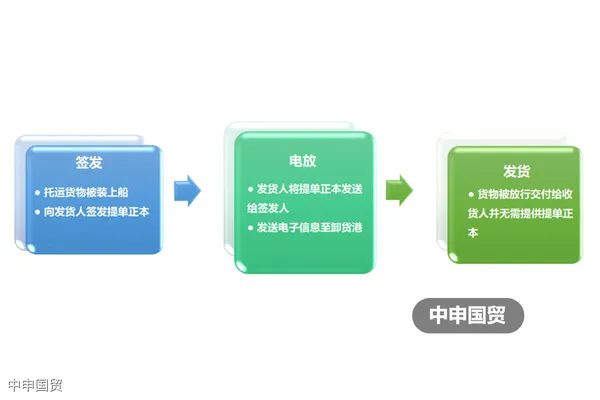
Issuing telex release bills offers shippers these benefits:
(1) Time savings and reduced delays: Avoids logistical delays caused by missing documents, ensuring timely delivery.
(2) Optimized internal processes: Facilitates cargo delivery to internal clients or partners when internal bills are used.
(3) Reduced transport costs: Minimizes paper document exchange, saves mailing expenses, and improves transport efficiency.
(4) Handling bill issues: Quickly resolves problems like lost or inaccurate original bills without delaying delivery.
How to process telex release?
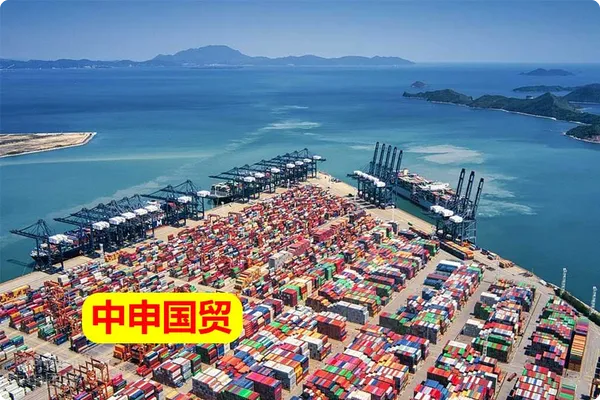
Modern telex release is typically processed through shipping companies online platforms, though specific procedures vary by carrier. Shippers should confirm exact processes with original bill issuers.
What is express release?
Express release allows cargo release without original bills, using either paper or electronic documents. Unlike telex release, it doesnt require original bill issuance, printing, or annotation during transport. Typically used between trusted commercial partners with established relationships where original bills arent necessary for payment security. Also called...
Its an express bill, not an original bill of lading.Maritime TransportationWhat risks exist with telex release?
While routine in liner shipping, telex release carries certain risk factors during processing.
Although telex release is a routine activity in liner shipping, there are still risk factors involved in the process.
First, the security of telex release information may be compromised. During the era of telegraph communication, fraudsters would submit forged bill of lading documents to steal goods, and modern technological advancements have not further improved security measures. Beyond fraud, another major risk is the potential for confusion. If telex release information is sent via email, ambiguous wording could lead to misunderstandings, resulting in goods being delivered to the wrong location or recipient.
Second, another risk is the possibility of errors or mistakes. For example, telex release information might be sent to the wrong recipient or contain incomplete details, causing confusion or delays. Additionally, in some cases, goods might be delivered to the consignee prematurely, leading to payment delays or other issues.
Furthermore, it is important to consider whether the relevant ports allow telex release of goods. Some ports may require the submission of a physical bill of lading for cargo release and may not accept telex release, which could result in delays in cargo clearance.
Therefore, when using a telex release bill of lading, both shippers and consignees must exercise extra caution to ensure the accuracy of the information provided and to guarantee that telex release information is sent and received on reliable platforms to minimize potential risks.
Related Recommendations
? 2025. All Rights Reserved. 滬ICP備2023007705號(hào)-2  PSB Record: Shanghai No.31011502009912
PSB Record: Shanghai No.31011502009912
